Fitbit Blaze vs Fitbit Surge
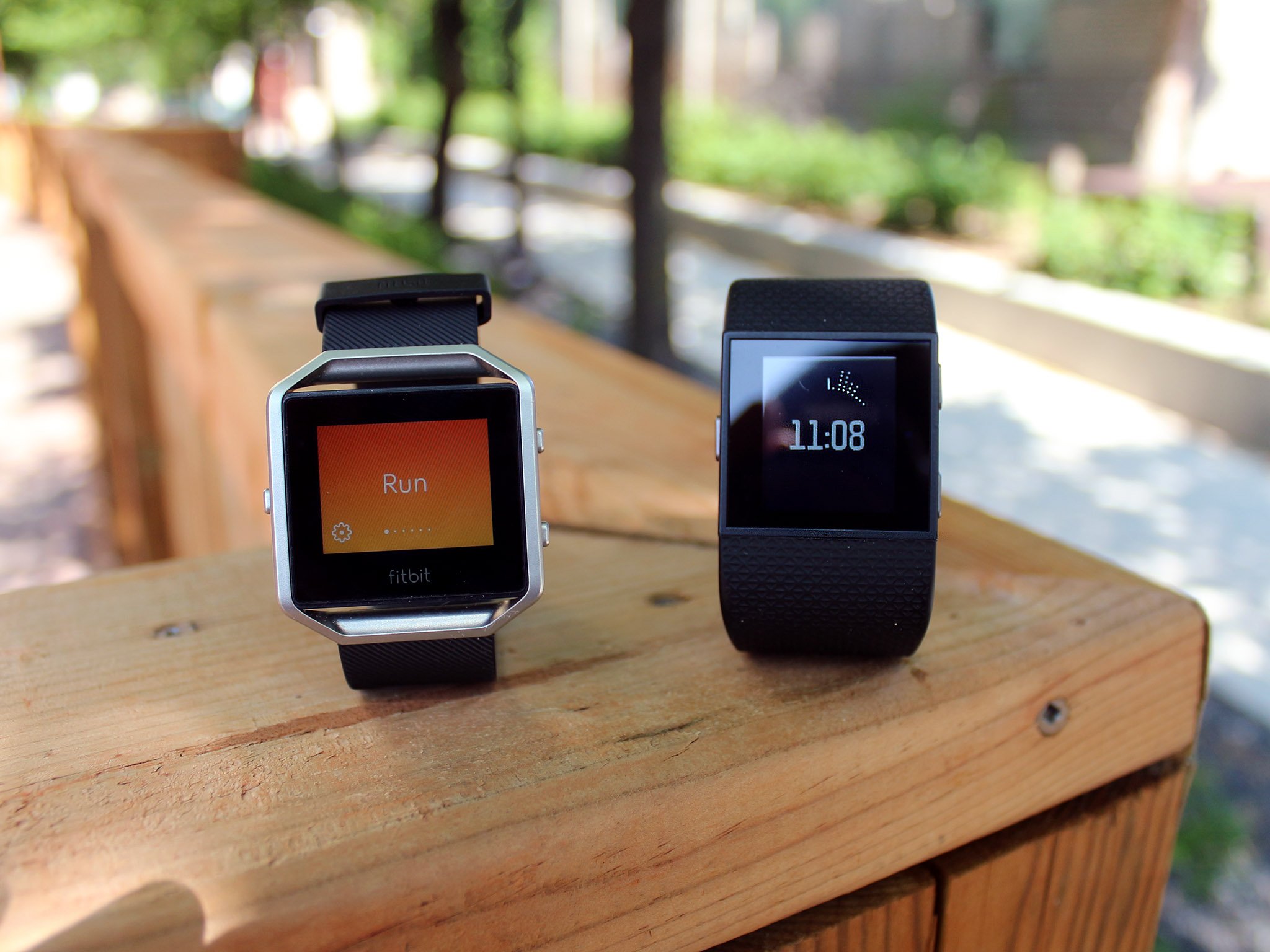
In the market for a fitness tracker, but prefer the look and feel of a smartwatch? Fitbit has you covered with two distinct options to choose from: the Fitbit Blaze and the Fitbit Surge.
For all the similarities in base-level functionality, the Blaze and Surge both bring something cool and unique to the table — along with some shortcomings that you'll also want to consider. We went hands-on with both to give you the low-down.
Style
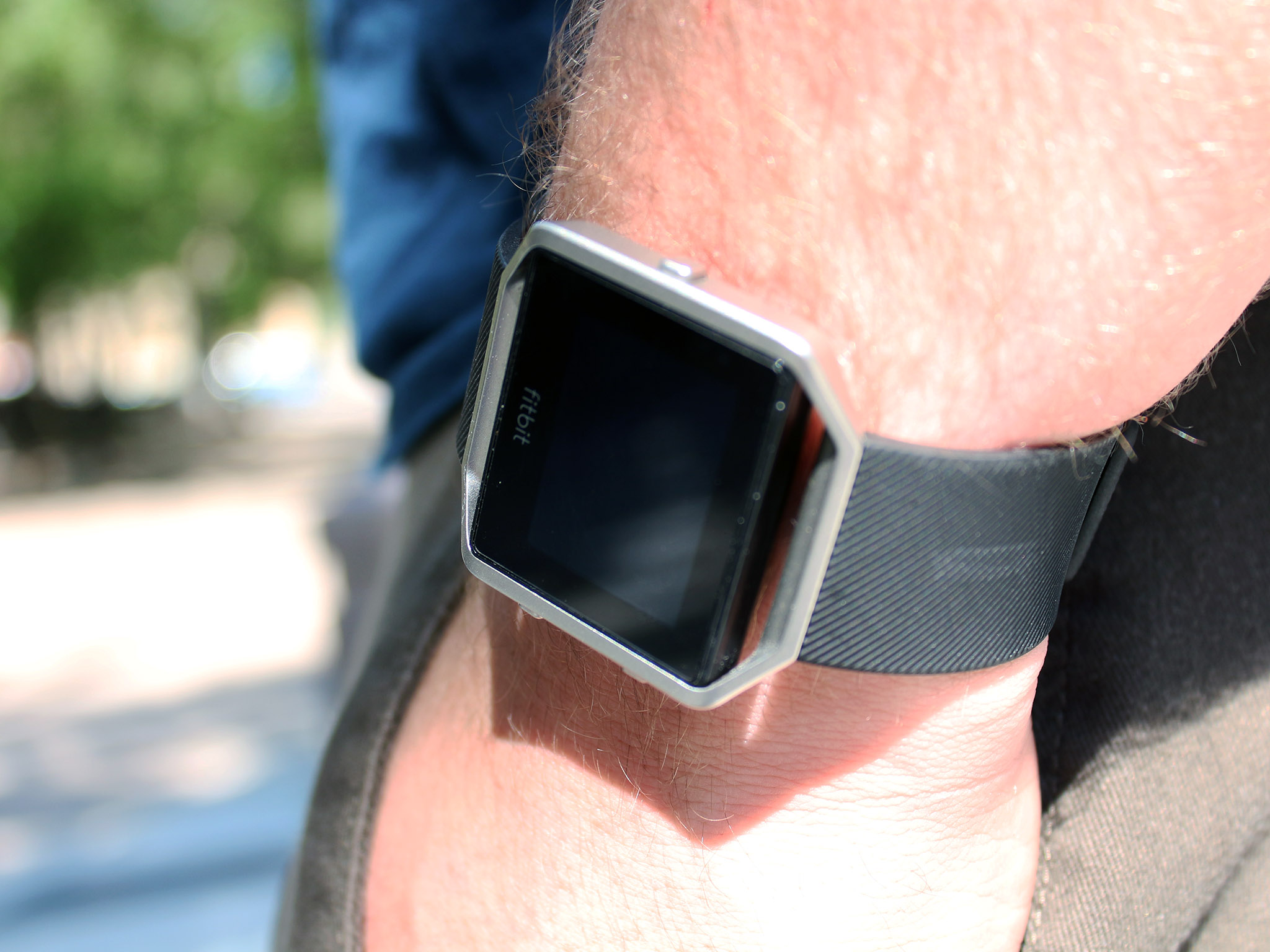
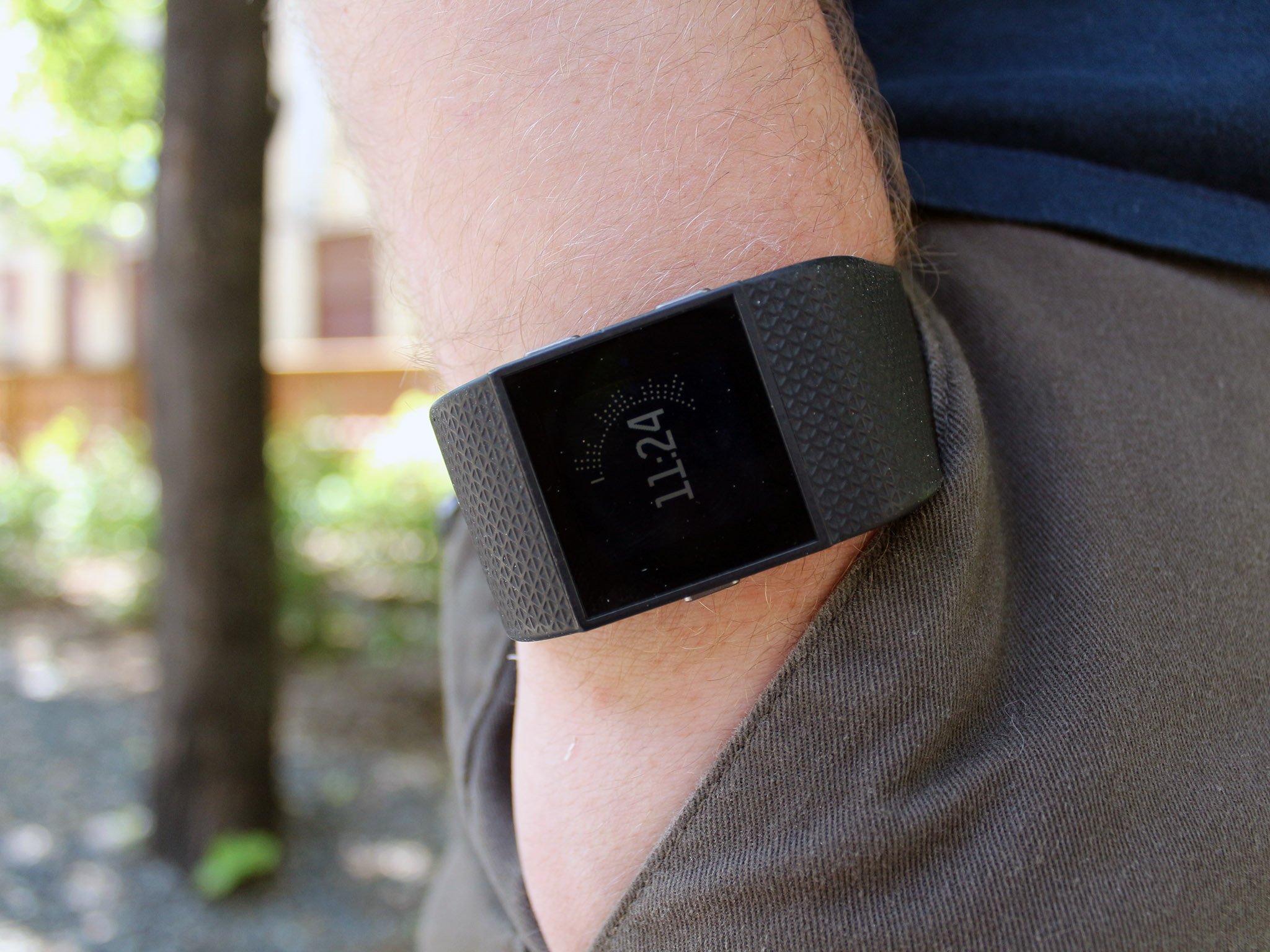
At their most basic, the Blaze and Surge both feature the same button layout — one on the left and two on the right — and a touchscreen interface for navigating through the menus. But beyond those core design similarities, they're entirely different devices.
From afar, the Fitbit Blaze is a pretty stylish wrist accessory. Aside from the angular steel frame, it sort of looks like an Apple Watch, so much so that people on the street might ask you about it. customizable straps, and crisp color display. It's fashionable and versatile enough to be worn all day; from the office, to the gym, and out on the town without looking out of place.
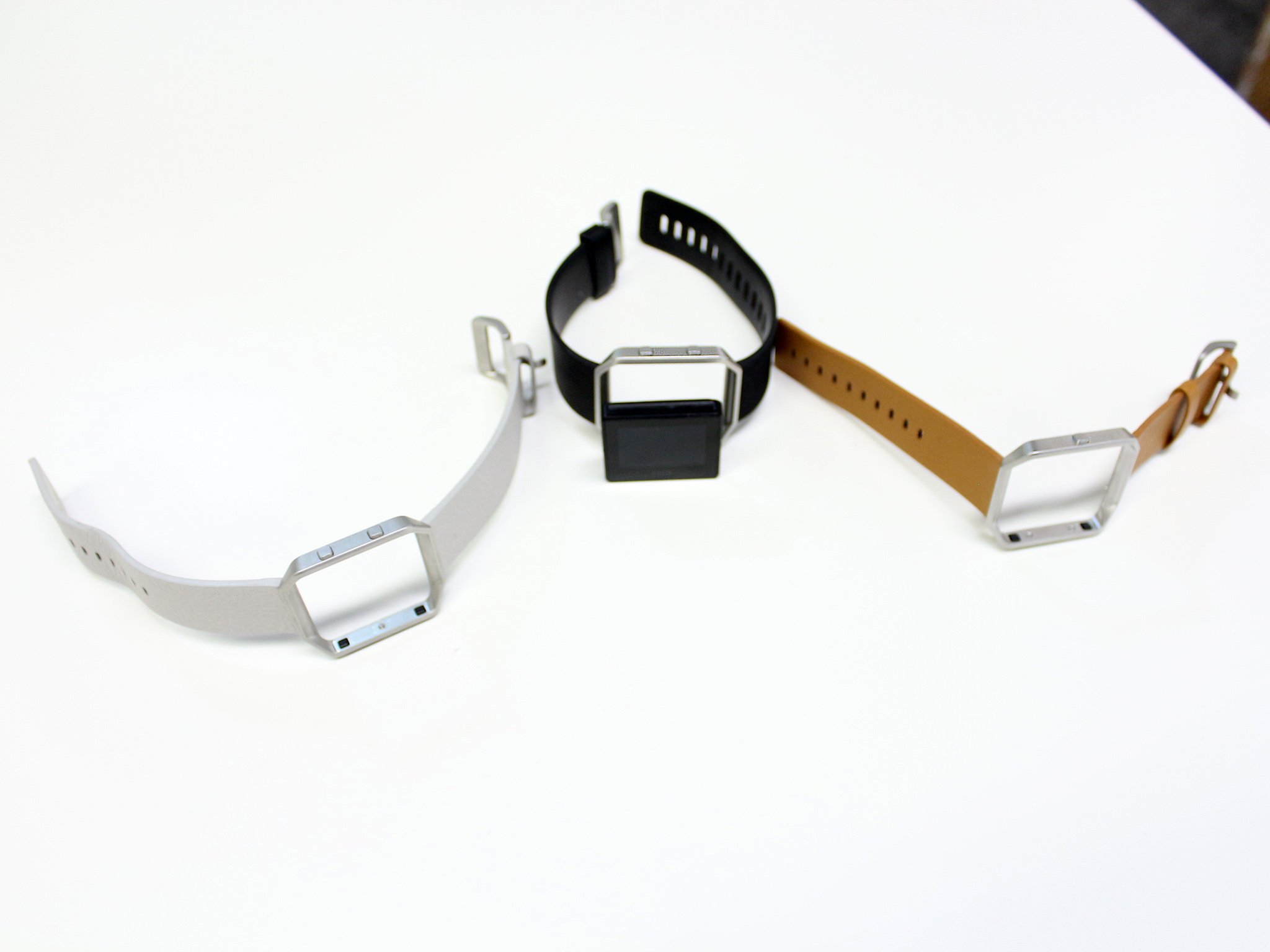
Much like the Apple Watch, Fitbit offers leather and stainless steel bands options for the Blaze through their site, along with a host of third-party bands available on Amazon. They've also released a sleek, black Gunmetal edition, but you'll have to pay a premium for that particular edition..
As for the Blaze's touchscreen display, the colors really pop nicely set on the black background. When you reach your step goal for the day, the animation feels appropriately over-the-top and wonderfully celebratory.
Shifting gears to the Surge, despite being branded as Fitbit's fitness super watch, the Surge definitely draws more of it's design from the look and feel of Fitbit's earlier fitness trackers. Featuring a one-piece design and curves to contour around your wrist, it's also designed to be worn all day long if you please, although it's not quite as stylish as the Blaze.
Master your iPhone in minutes
iMore offers spot-on advice and guidance from our team of experts, with decades of Apple device experience to lean on. Learn more with iMore!
The centerpiece is the Surge's monochrome LCD touch screen. It's certainly not as flashy as the Blaze's, but it is better for extending the battery life — which we'll touch on more below.
Since the Surge straps are non-removable, you get no customization beyond choosing which colour you want at the time of purchase. Your options are black, blue and tangerine orange, so you can either go for a more subdued look with the black, or make your Surge stand out with a splash of color.
Fitbit seems to be positioning the Blaze as the everyday fitness watch for people looking for a stylish, functional fitness tracker. The Surge, meanwhile, is marketed as the fitness super watch for serious athletes. As such, the Blaze is more flashy, while the Surge is more utilitarian.
Features
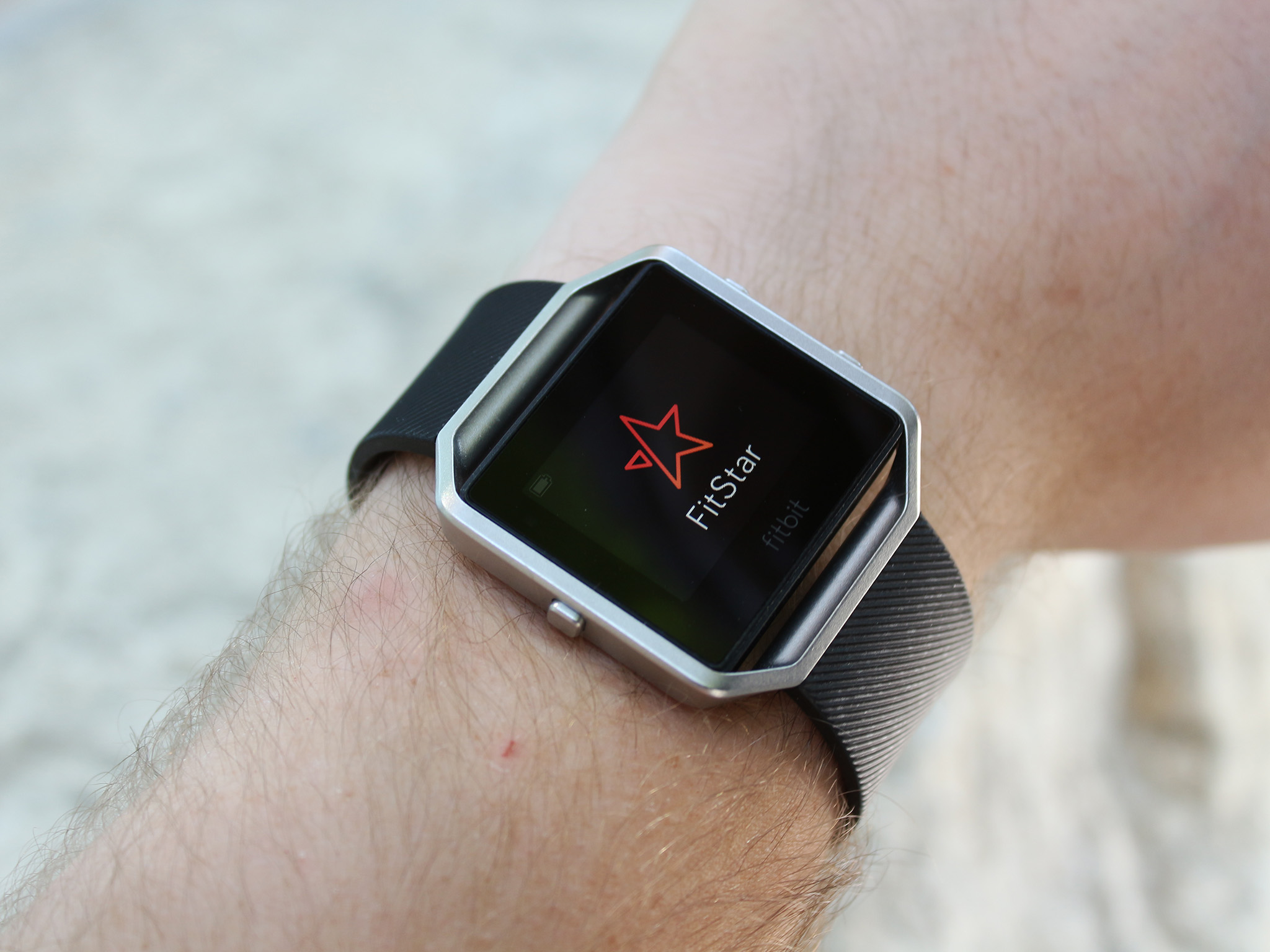
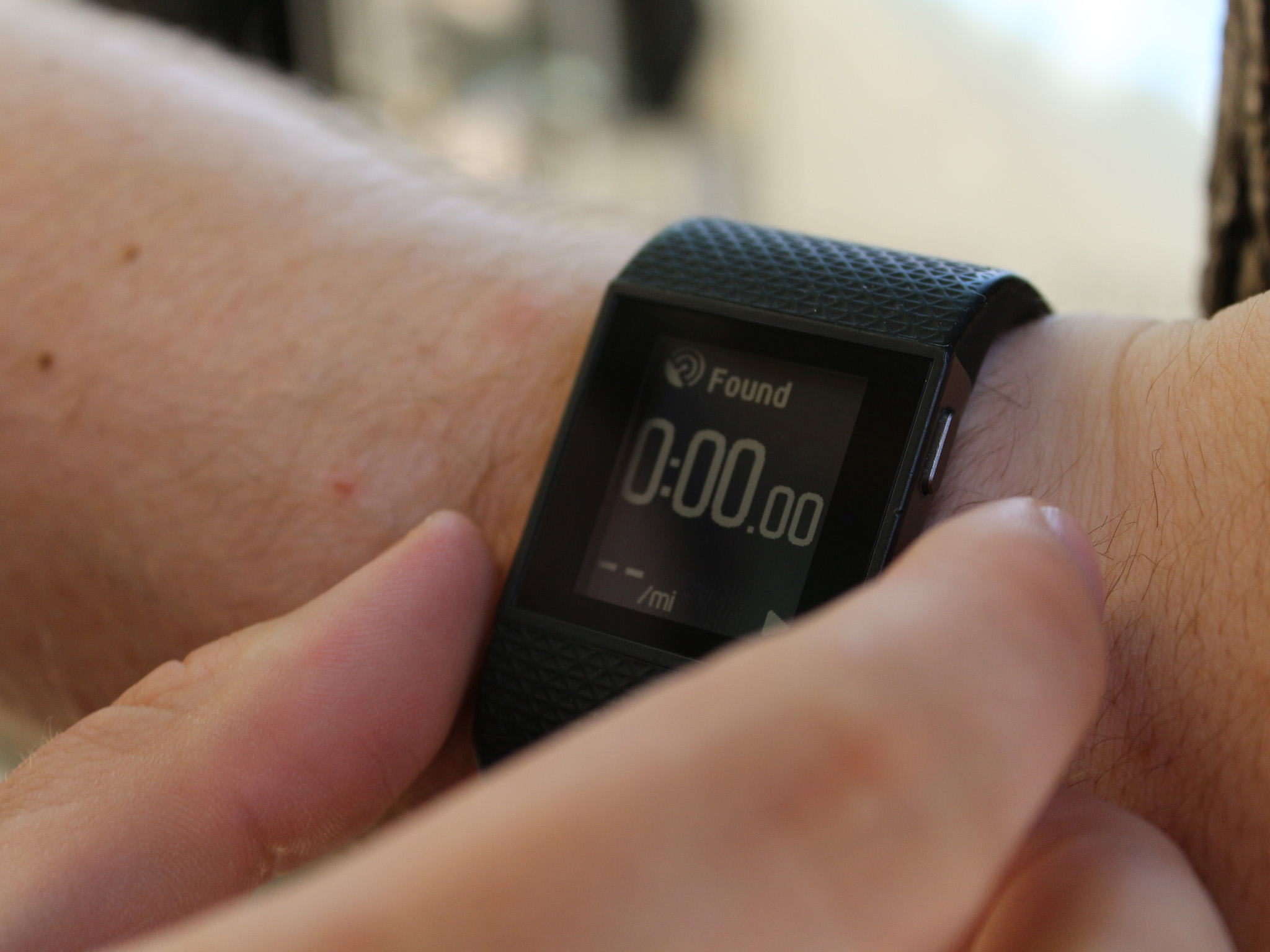
Before we get to the differences, we'll look at the features that the Blaze and Surge share. They're both fully capable step counters with 24/7 heart rate monitoring, and feature activity tracking for popular exercises such as running, biking, weightlifting, as well as a catch-all activity for any other time you're getting sweaty. They're also water resistant enough to be rain-proof, splash-proof and sweat-proof, but shouldn't be worn while swimming or showering.
Individually, we'll start with the Surge and its biggest feature: built-in GPS. This is important for accurately tracking your run distances right on the watch itself. If you're serious about running, and love to track your training progression, this is a killer feature. With a few swipes and button presses you're off and running, with the Surge literally tracking every step you take.
The Blaze lacks onboard GPS, but can still track your run distances via connected GPS. This requires you to bring your phone along on all your runs, so it can provide GPS tracking to the Blaze. It doesn't take too much longer for the Fitbit to connect up with your phone, and if you already listen to music on your phone when you go for a run, then this will hardly be an issue for you.
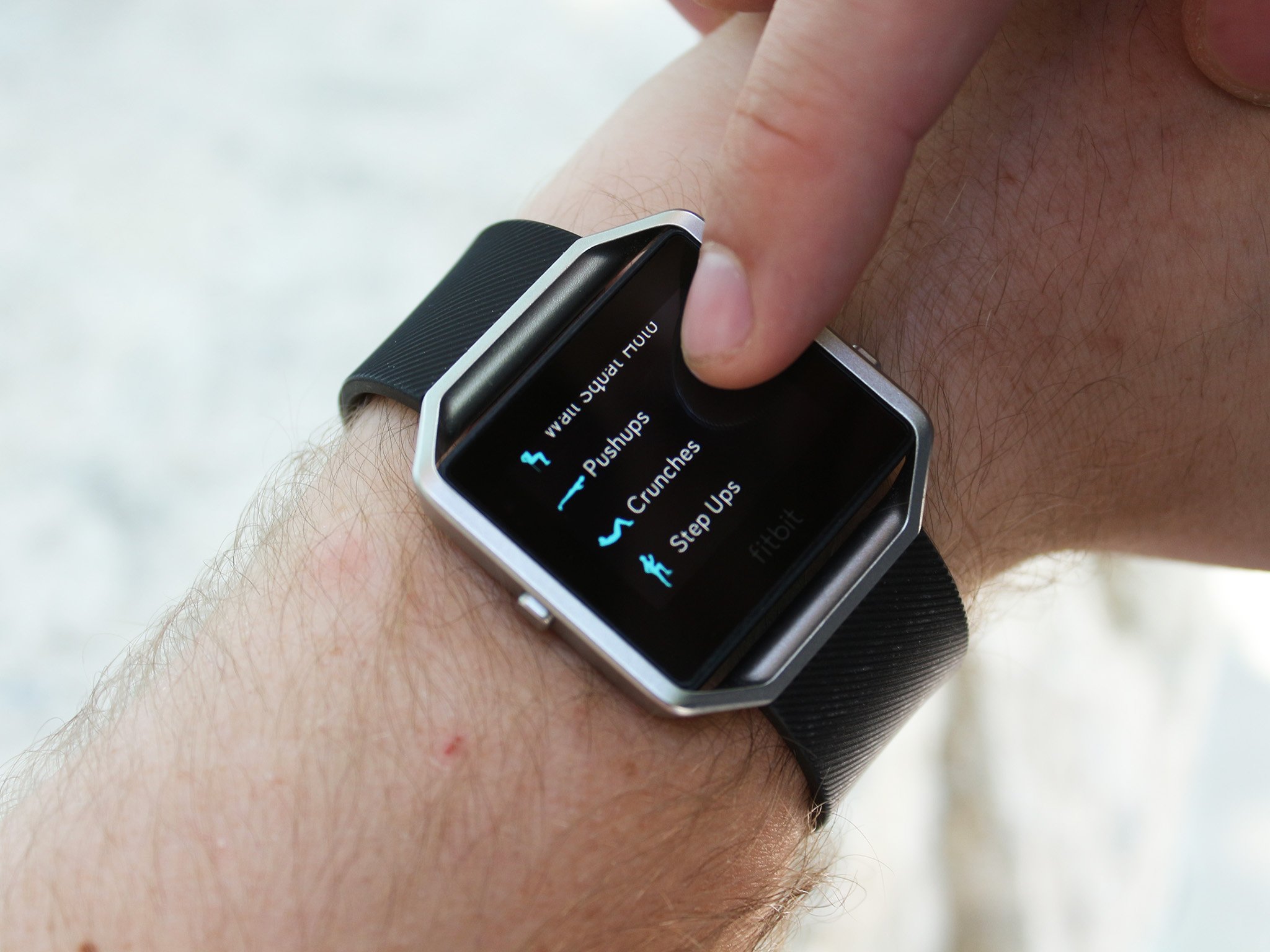
For the Blaze, the big feature that sets it apart from all other fitness trackers is the FitStar integration. FitStar is Fitbit's personal trainer program, and the Blaze features a collection of quick workouts that you can do in your home, at the office, in the park — wherever — using only your Blaze. Fitbit has included three FitStar workouts with the Blaze for free. You get a warm up routine, a seven-minute full-body workout, and a 10-minute ab workout. It's a great premise and the execution is pretty good on Fitbit's part, if a bit basic.
Both devices support phone notifications, but the Blaze is certainly superior in this regard. On the iPhone, the Blaze allows for providing text, call and calendar event notifications, which pop up in an easy-to-read window. The Surge also sends call and text notifications, but it's a terribly clunky interface and much harder to read at a glance.
As a watch, the Surge is infinitely better at giving you the time at a glance. Thanks to the monochrome LCD screen, the Surge can afford to keep the screen on at all times, with a flick of the wrist or press of the button illuminating the backlight when you need it. The Blaze also uses a flick of the wrist to activate its LCD screen, but I've found it to be quite hit or miss. It's frustrating when you can't simply look at your watch and tell what time it is. Maybe it's this feature that sets the Surge apart as a "super watch".
Comfort
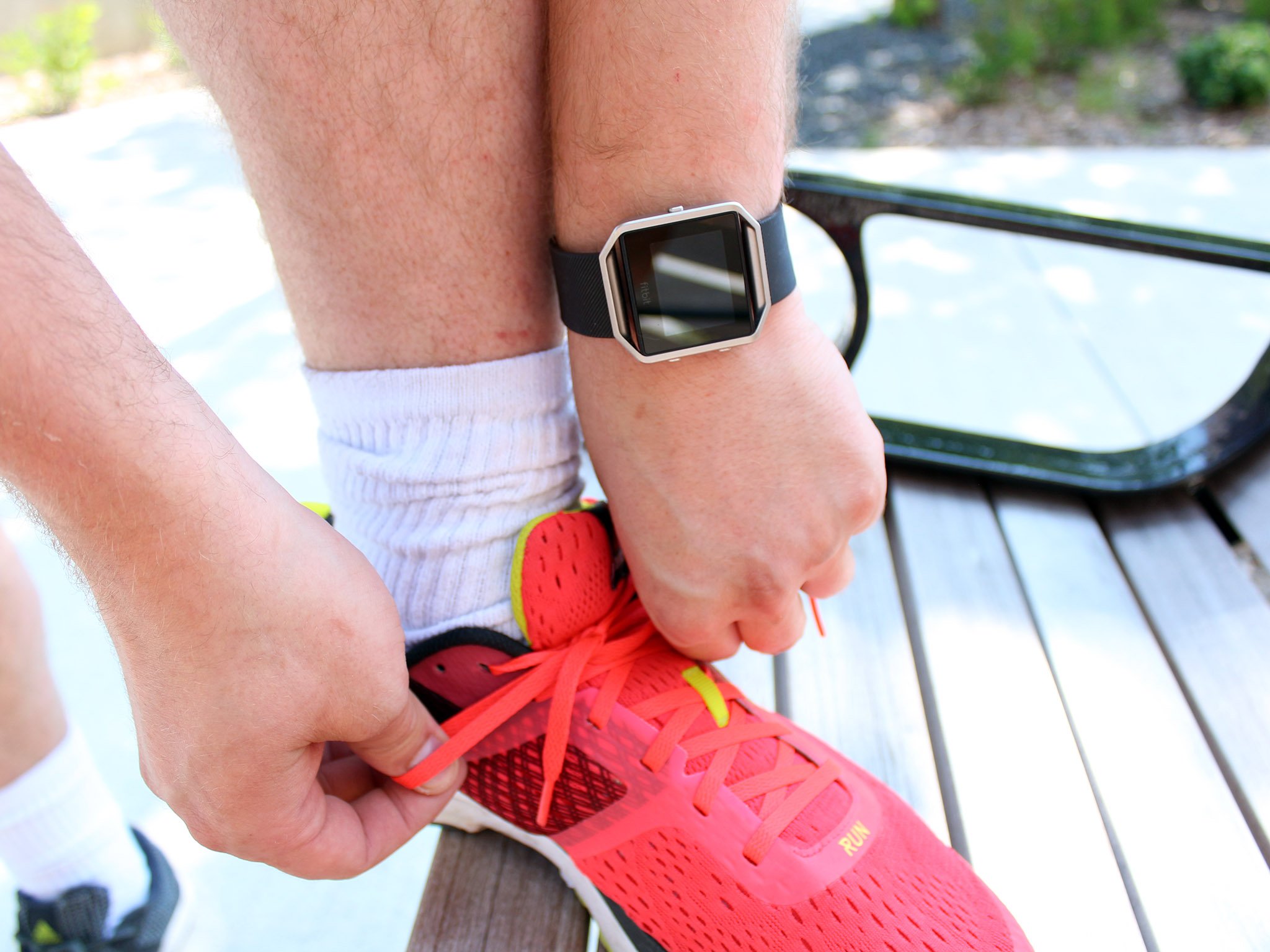
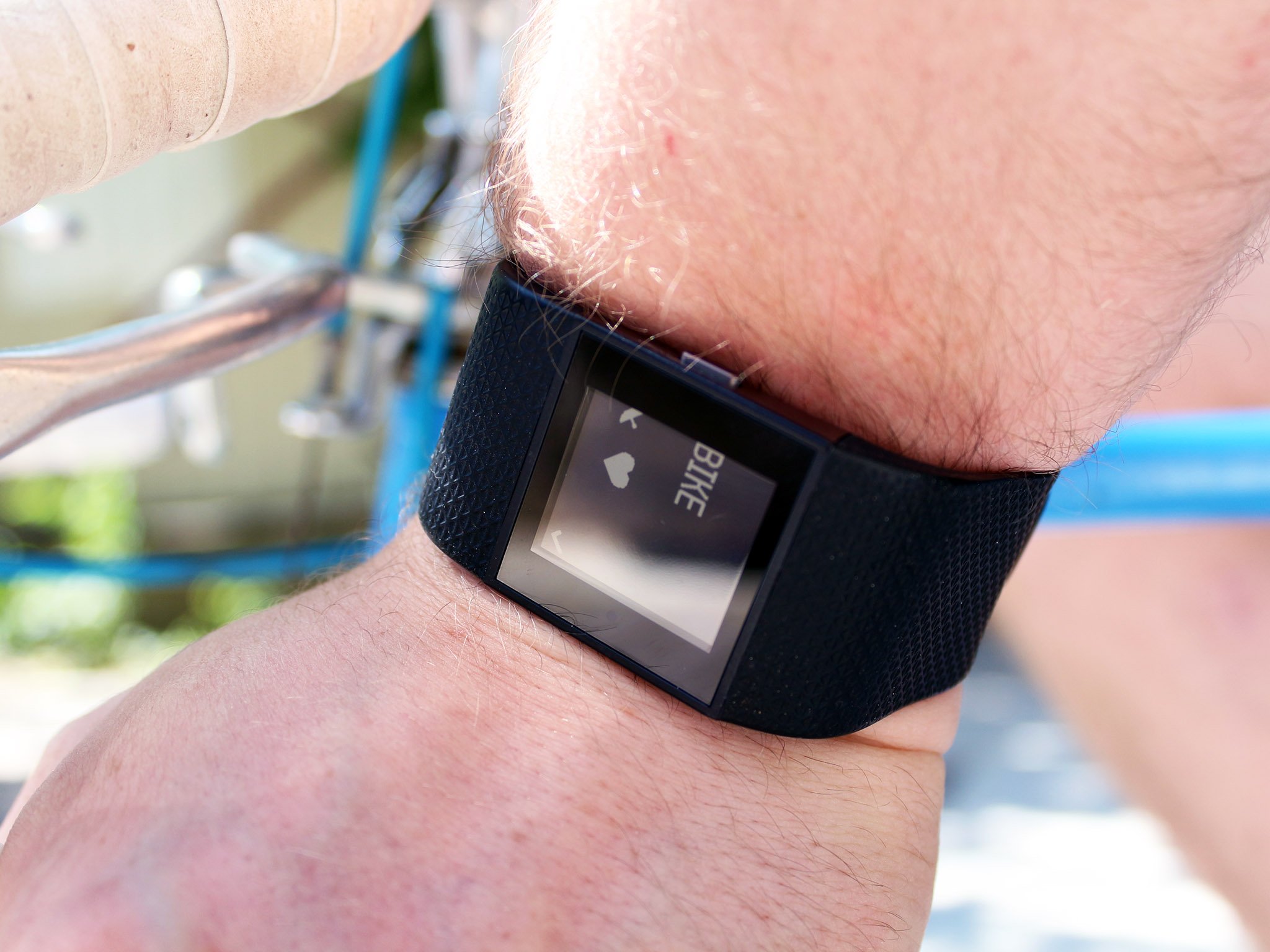
Right out of the box, the Fitbit Blaze and Surge are both quite comfortable to wear right out of the box. They feature watch bands made of sweat proof elastomer material and feature a nickel buckle.
On the wrist, the Surge adds about a half inch of bulk. This won't be very noticeable when you're running or cycling, but you may find yourself smacking your Surge around on things if you wear it daily. By comparison, the Blaze sits much flatter on the wrist thanks to the angular design of the frame.
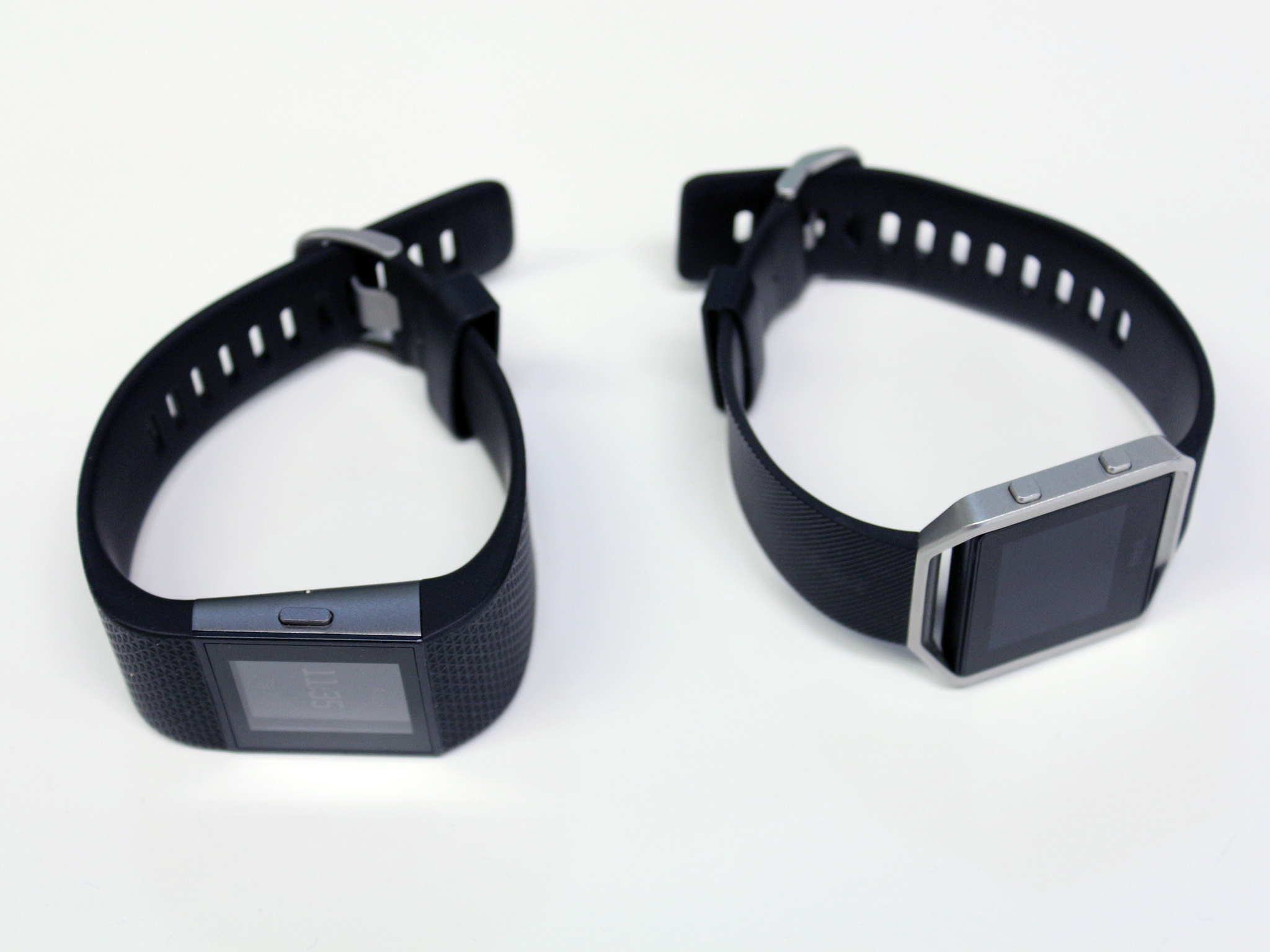
Both are designed to be sweat resistant, so you won't have to worry about it conking out on you during an intense workout.
But the Blaze is the clear stand out in terms of long-term, everyday comfort , given your ability to swap out the original watch band with a softer, genuine leather band. Combined with the Blaze's lower profile on the wrist, it's really no contest.
Battery life
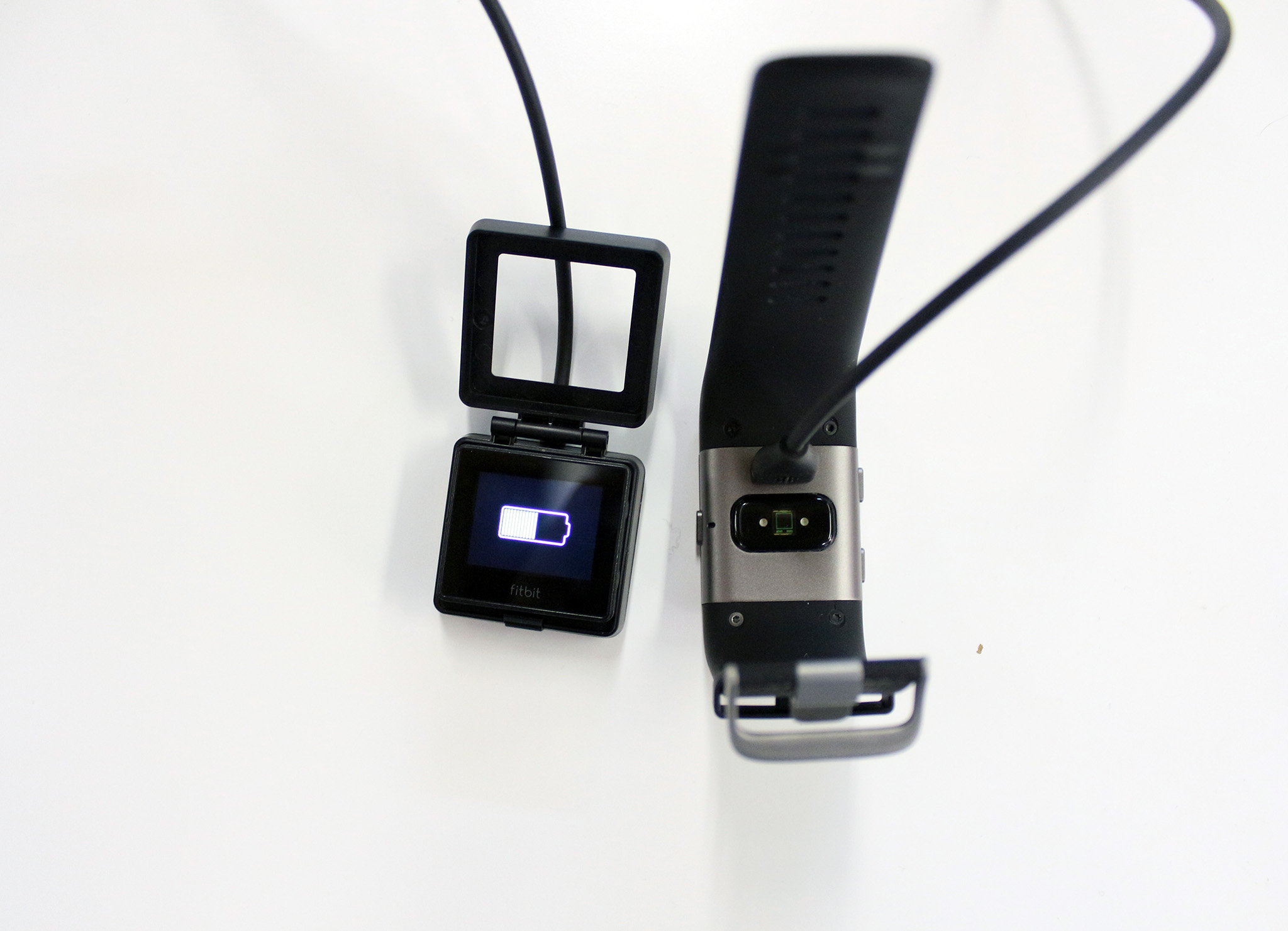
The Fitbit Blaze and Surge are fairly close in terms of battery life, but thanks to a recent software update the Surge has the advantage, with seven days of uptime versus the Blaze's five.. The length of the charge will be a host of factors, most notably how frequently you use your Blaze or Surge for activity tracking. The Surge also offers 10 hours of usage with GPS enabled, which is pretty impressive for a fitness wearable.
The main difference regarding the two trackers is how you go about charging them with the battery is low.
To charge the Fitbit Surge, you simply plug the proprietary USB charging cable into the port found on the backside of the watch face.
For the Blaze, Fitbit requires you to pop the tracker unit out from the aluminum frame, and clip it into a USB cable featuring a housing to hold the Blaze as it charges. I'll cut to the chase: the design of the Fitbit Blaze charger is over-engineered, clunky and a pain to use. By forcing you to separate band from tracker, it opens up the possibility of losing either part and is just plain wonky.
If ease of use and charging is important to you, the Surge is definitely the route to go.
Value
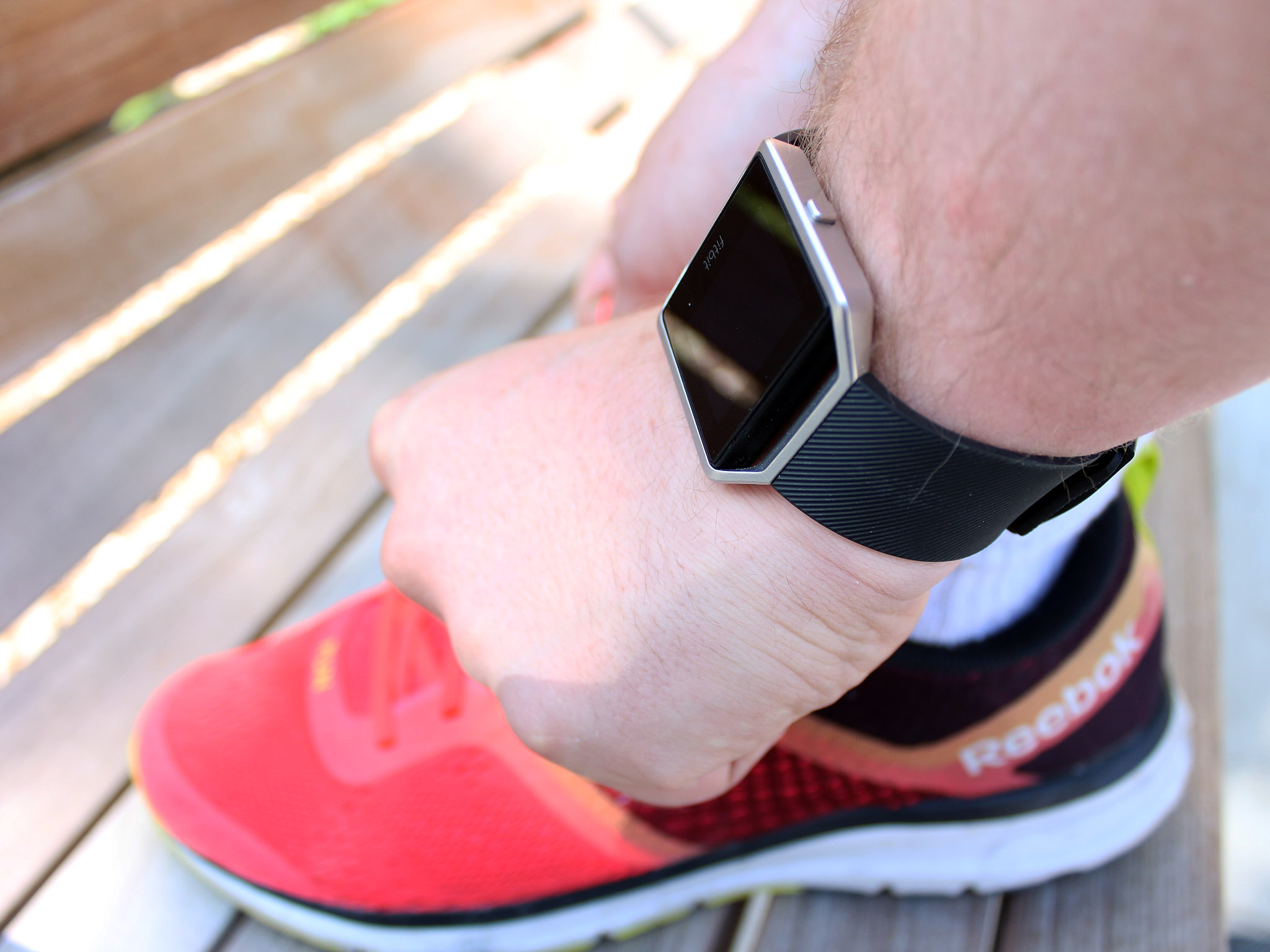
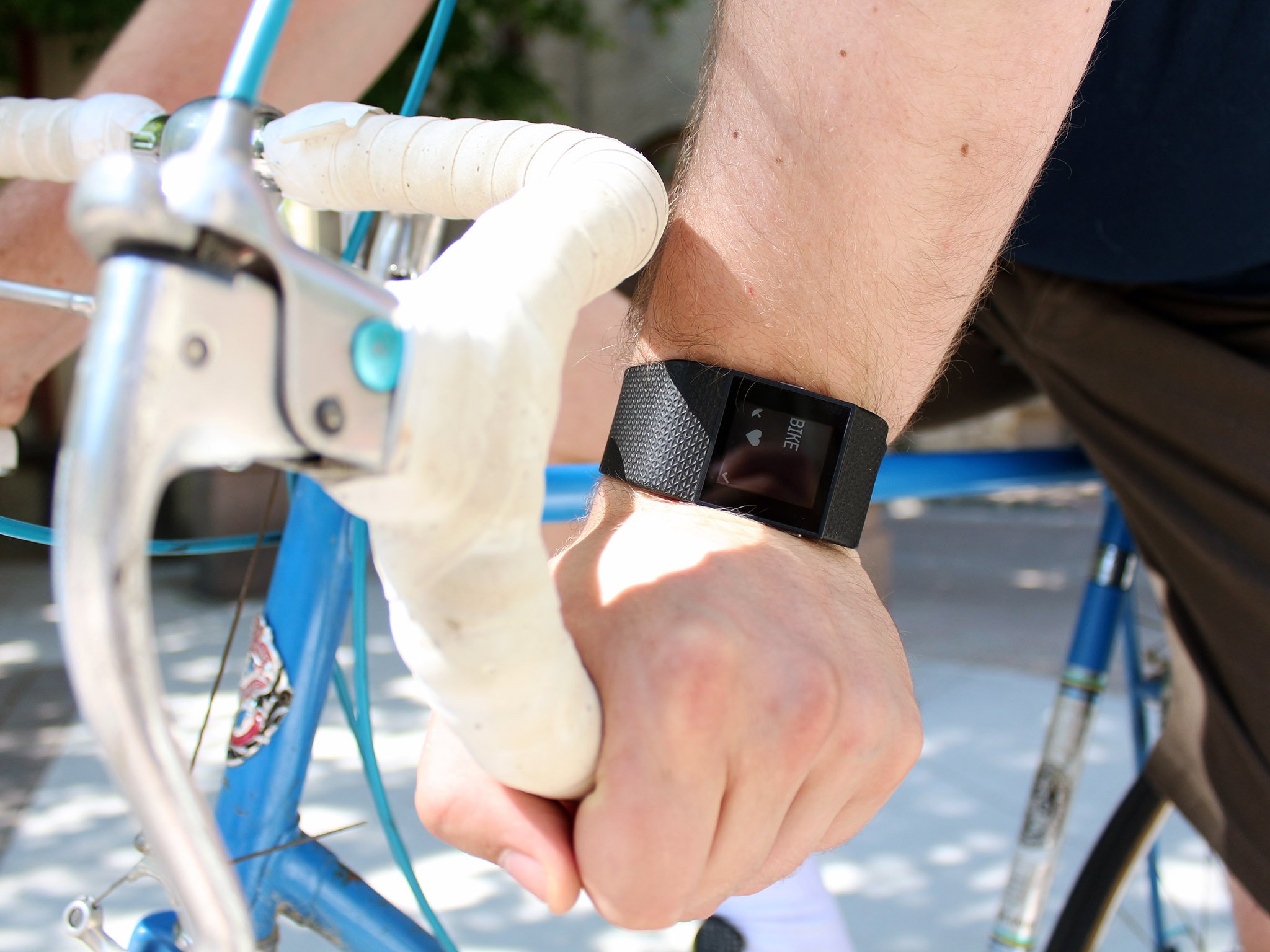
Getting down to brass tacks, the Fitbit Blaze is $50 cheaper than its older brother, the Surge. Add in the updated screen and sleeker design, and that might be enough for most consumers to make a decision. But ultimately, the true value of the Fitbit Blaze or Surge will come down to how committed you are to a fit lifestyle.
If you know you're the type who typically abandons New Year's resolution to get fit by mid-January and are looking for a tool to help prevent that trend from continuing, the Blaze should provide the proper tools and motivation you need to stay on track. If you fall off course, it will still look alright on your wrist and provide the basic functionalities of a smartwatch and Fitbit step counter.
But if you consider yourself a more seasoned athlete and are looking for GPS on top of all the activity tracking features, you're best going with the Surge. It's easier to charge and care for and built to survive strenuous training sessions.
Final verdict
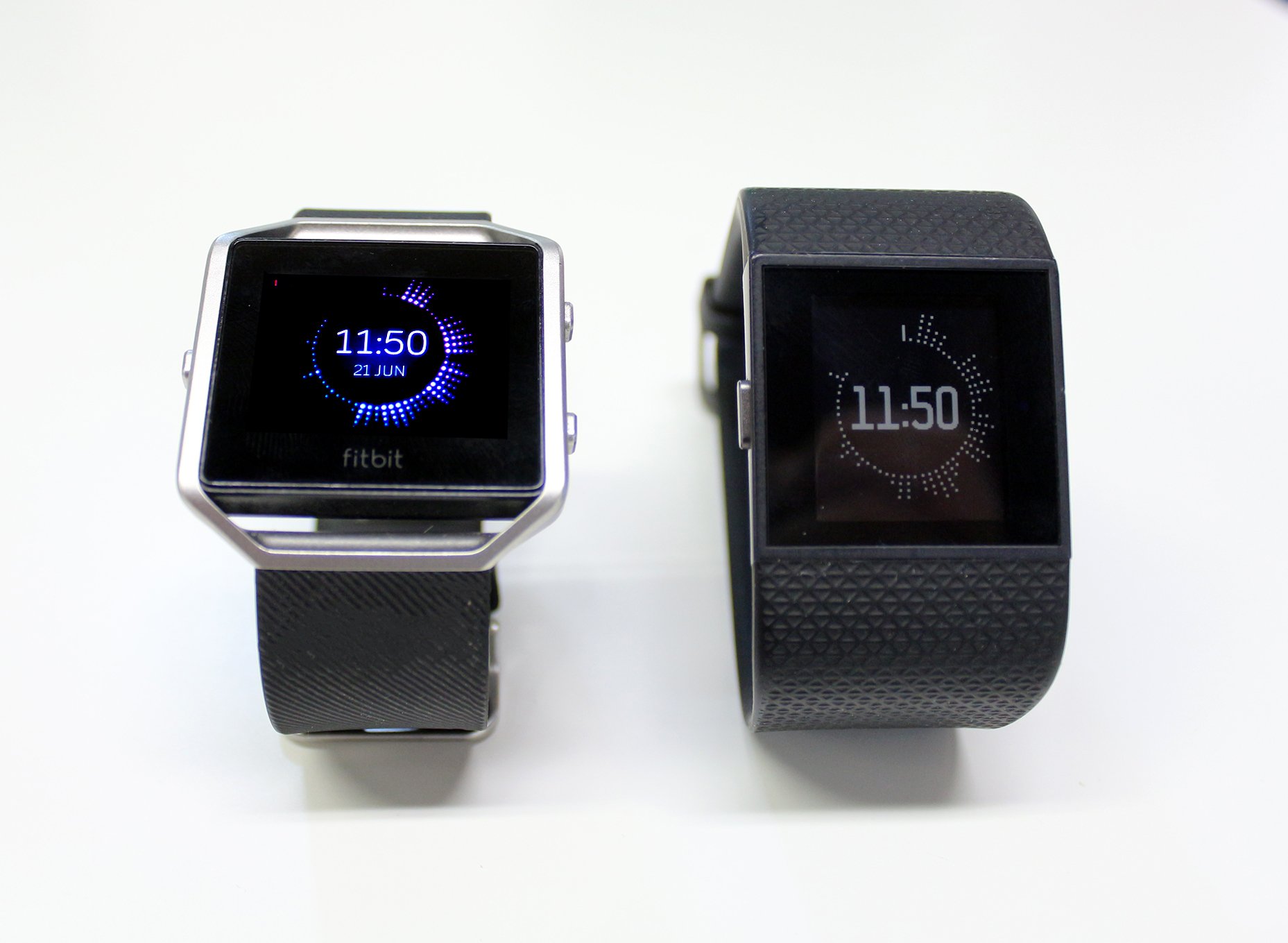
Both the Blaze and Surge are rife with compromise. With the Blaze, you get a sleek, colorful fitness tracker that fancies itself a smartwatch but ultimately lacks the full functionality of leading smartwatches, and also lacks the onboard GPS necessary to earn it a spot amongst the best fitness bands. With the Surge, you get a fitness smartwatch with built-in GPS, but it's all substance and little flash, making for a bulky, utilitarian experience.
In the end, which one you go for will depend on your personal fitness level and whether you intend on wearing it 24/7 or not. If you've already got a Fitbit for step counting throughout the day and are looking for instant feedback as you run or cycle, you're best off going with the Surge. If you're looking for something to wear every day and accessorize, the Blaze is infinitely more stylish and designed to be significantly more showy than the Surge.
Coupled with the lower price point, the Blaze is our overall pick in this head to head.
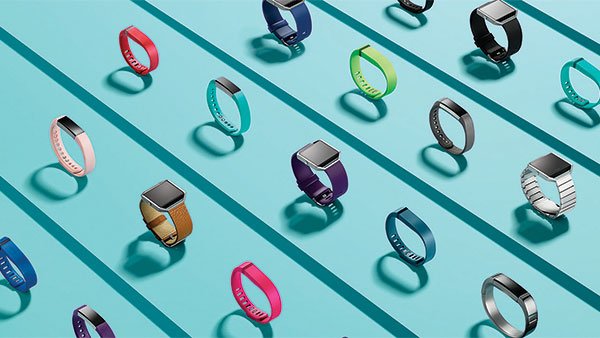
○ Fitbit Buyers Guide
○ Fitbit Users Guide
○ The Best Fitbit to Buy
○ Fitbit News
○ Fitbit Forums
○ Buy on Amazon
Pop culture geek, hopelessly addicted to streaming movies, tv shows, and podcasts. Would be lost in life without unlimited data.

